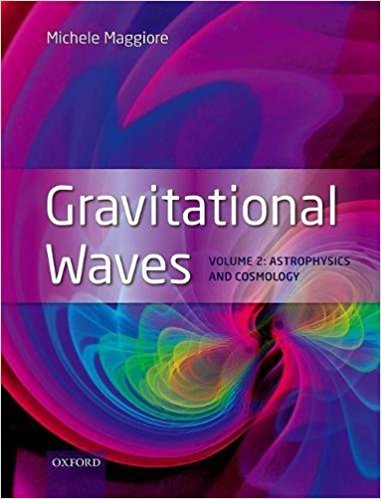Professor
Département de Physique Théorique
Section de Physique
Université de Genève
24 quai Ernest Ansermet
CH-1211 Genève 4



Professor
Département de Physique Théorique
Section de Physique
Université de Genève
24 quai Ernest Ansermet
CH-1211 Genève 4



I am a theoretical physicist with a broad range of interests. My original background is in quantum field theory, while in the last two decades my activity has been mostly focused on various aspects of classical and quantum gravity, gravitational waves, cosmology, dark energy, and modifications of gravity at cosmological scales.
I am also much involved in gravitational wave experiments, in particular in the Einstein Telescope (ET), the European proposal for a third-generation gravitational-wave observatory. I am member of the ET Executive Board, and I co-chair the ET Observational Science Board (OSB). The OSB consists of 10 research divisions, each investigating different scientific aspects, and involves more than 450 scientists. I am also a member of the LISA collaboration, where I contribute to the LISA Cosmology Working Group.
Full publication list from inSPIRE , from ORCID , or from Google Scholar .
A short CV .
A Modern Introduction to Classical Electrodynamics

448 pages, Oxford University Press (2023).
NEW! Published Aug. 2023
This book grew out of a course that I give to 2nd year Bachelor students at the
University of Geneva, but has evolved to cover
many advanced topics, and aims at becoming a rather complete modern reference on Classical Electrodynamics.
Browse into the Table of Content , or read the
Preface .
Some review:
A high quality substitute for existing texts, well organized, very pedagogical, and written from the modern perspective. College and undergraduate university students will appreciate the obvious advantages of Maggiore's text. - Mikhail Shifman, University of Minnesota
A Modern Introduction to Quantum Field Theory

312 pages, Oxford University Press (2005).
This book grew out of a course that I gave
for many years to 4th year students at the University of Geneva, and can also be useful
to PhD students in theoretical physics.
Browse into the Table of Content .
An Errata webpage is maintained here .
Gravitational Waves
Volume 1: Theory and Experiments

574 pages, Oxford University Press (2007).
Browse into the Table of Content .
An Errata webpage is maintained here .
Gravitational Waves
Volume 2. Astrophysics and Cosmology

848 pages, Oxford University Press (2018).
Browse into the Table of Content .
An Errata webpage is maintained here .
Some reviews, from the back cover of Vol. 2:
Recently when writing a review of major developments in gravitational physics over the past four decades, I found myself, time and again, sending readers to this wonderful book by Michele Maggiore. Simply put, this is the best and most complete treatment I have ever seen of gravitational wave sources, their underlying physics, and ways of analyzing them. It is superb -- Kip S. Thorne, Nobel laureate in Physics 2017, Caltech.
This second volume of Michele Maggiore's gravitational wave treatise is a must-read for any one (student, teacher, researcher) interested in comprehending and/or entering the exciting field of gravitational-wave research. Like the first volume, it is written with an exceptional clarity and covers in depth all the important ideas and techniques underlying our current understanding of the generation of gravitational waves by various sources. It keeps abreast of the latest exciting observational discoveries of the LIGO-Virgo collaboration and will allow any reader to enter the frontier of gravitational-wave research. -- Thibault Damour, Institut des Hautes Etudes Scientifiques.
This book complements in an excellent way the first volume of Gravitational Waves, on their theory and experiments, by Prof. Maggiore. The two volumes constitute a monumental effort coming out at the right time. They will be the standard text and reference books for years to come, both for newcomers in the field and even for established researchers. I would recommend both books without any hesitation to students, teachers and researchers in gravitational physics, astrophysics and cosmology. -- Kostas Kokkotas, Department of Theoretical Astrophysics, Eberhad Karls University of Tuebingen, Germany